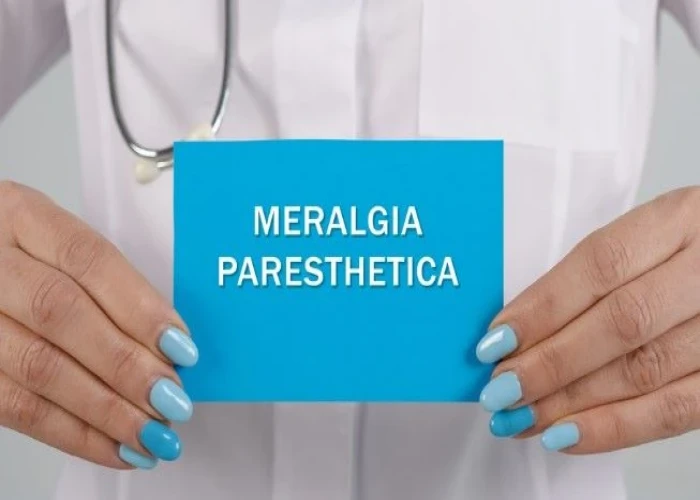 Welcome
Welcome
“May all be happy, may all be healed, may all be at peace and may no one ever suffer."
Meralgia paresthetica

Meralgia paresthetica is a condition that affects the lateral femoral cutaneous nerve, which is a nerve that provides sensation to the outer thigh. It is characterized by numbness, tingling, burning, or pain in the outer thigh, and is caused by compression or irritation of the nerve.
Common causes of meralgia paresthetica include tight clothing, obesity, pregnancy, and certain occupations that require prolonged standing or walking. In some cases, no specific cause can be identified.
Treatment for meralgia paresthetica typically involves addressing the underlying cause, such as weight loss, avoiding tight clothing, or adjusting occupational activities. Over-the-counter pain relievers and anti-inflammatory medications may help to relieve pain and discomfort. In more severe cases, corticosteroid injections or surgery may be necessary.
Prognosis for meralgia paresthetica is generally good, and most people are able to manage their symptoms with conservative treatment. However, in some cases, the condition may become chronic and require ongoing management.
Research Papers
Disease Signs and Symptoms
- Numbness
- Muscle pain
- Burning pain on the surface of the outer part of the thigh
- These symptoms commonly occur on one side of the body and might intensify after walking or standing.
- The first sign of Merkel cell carcinoma is usually a fast-growing, painless nodule (tumor) on the skin.
- Most Merkel cell carcinomas appear on the face, head or neck, but they can develop anywhere on the body, even on areas not exposed to sunlight.
Disease Causes
Meralgia paresthetica
Meralgia paresthetica occurs when the lateral femoral cutaneous nerve — which supplies sensation to the surface of your outer thigh — is pinched (compressed). The lateral femoral cutaneous nerve only affects sensation and doesn't affect your ability to use your leg muscles.
In most people, this nerve passes through the groin to the upper thigh without trouble. But in meralgia paresthetica, the lateral femoral cutaneous nerve becomes trapped — often under the inguinal ligament, which runs along your groin from your abdomen to your upper thigh.
Common causes of this compression include any condition that increases pressure on the groin, including:
- Tight clothing, such as belts, corsets and tight pants
- Obesity or weight gain
- Wearing a heavy tool belt
- Pregnancy
- Fluid accumulation in the abdomen causing increased abdominal pressure
- Scar tissue near the inguinal ligament due to injury or past surgery
Nerve injury, which can be due to diabetes, trauma after surgery or seat belt injury after a motor vehicle accident, for example, also can cause meralgia paresthetica.
Disease Prevents
Disease Treatments
For most people, the symptoms of meralgia paresthetica ease in a few months. Treatment focuses on relieving nerve compression.
Conservative measures
Conservative measures include:
- Wearing looser clothing
- Losing excess weight
- Taking OTC pain relievers such as acetaminophen (Tylenol, others), ibuprofen (Advil, Motrin IB, others) or aspirin
Medications
If symptoms persist for more than two months or your pain is severe, treatment might include:
- Corticosteroid injections. Injections can reduce inflammation and temporarily relieve pain. Possible side effects include joint infection, nerve damage, pain and whitening of skin around the injection site.
- Tricyclic antidepressants. These medications might relieve your pain. Side effects include drowsiness, dry mouth, constipation and impaired sexual functioning.
- Gabapentin (Gralise, Neurontin), phenytoin (Dilantin) or pregabalin (Lyrica). These anti-seizure medications might help lessen your painful symptoms. Side effects include constipation, nausea, dizziness, drowsiness and lightheadedness.
Surgery
Rarely, surgery to decompress the nerve is considered. This option is only for people with severe and long-lasting symptoms.
Disease Diagnoses
Disease Allopathic Generics
Disease Ayurvedic Generics
Disease Homeopathic Generics
Disease yoga
Meralgia paresthetica and Learn More about Diseases
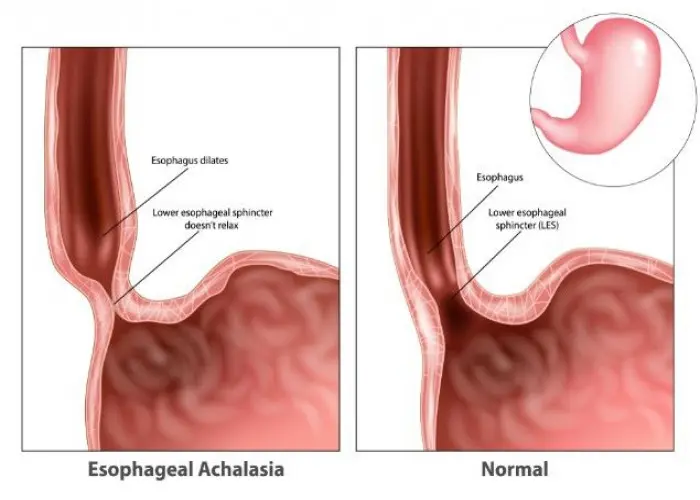
Esophagitis

Pneumonia

Panic attacks and panic disorder

Heartburn (Acidity)

Soy allergy
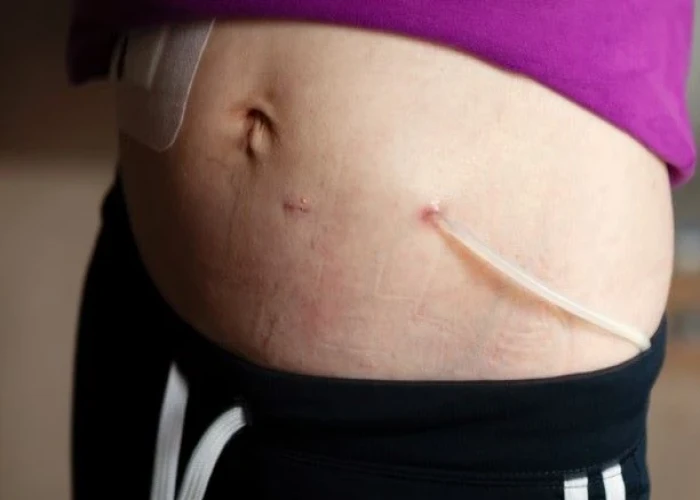
Peritonitis
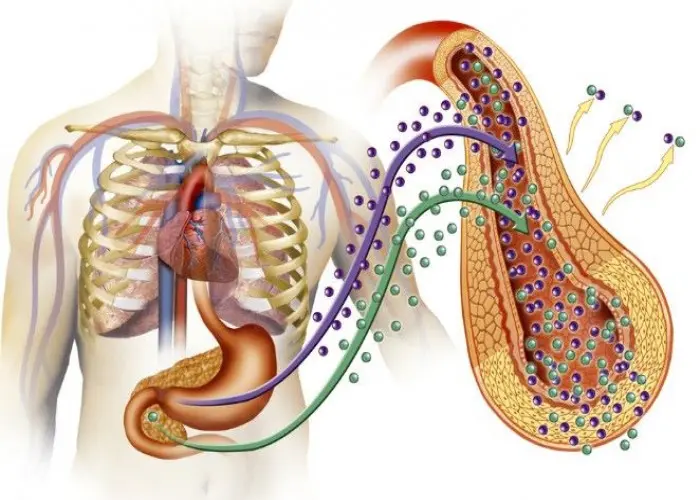
Diabetic hyperosmolar syndrome
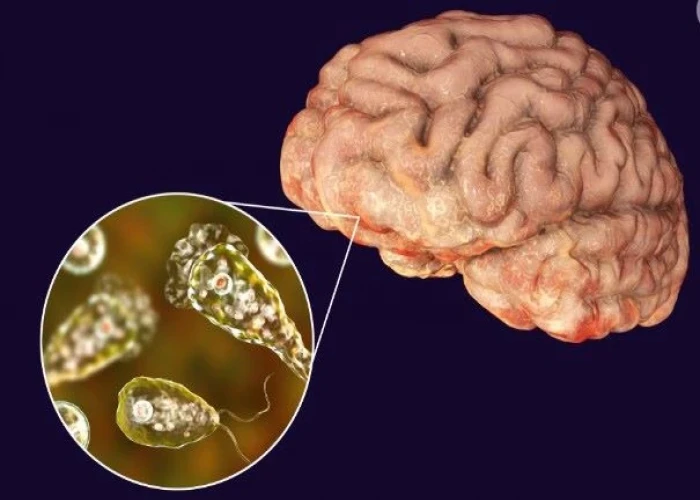
Naegleria infection
meralgia paresthetica, মেরালগিয়া প্যারাস্থেটিকা
To be happy, beautiful, healthy, wealthy, hale and long-lived stay with DM3S.
